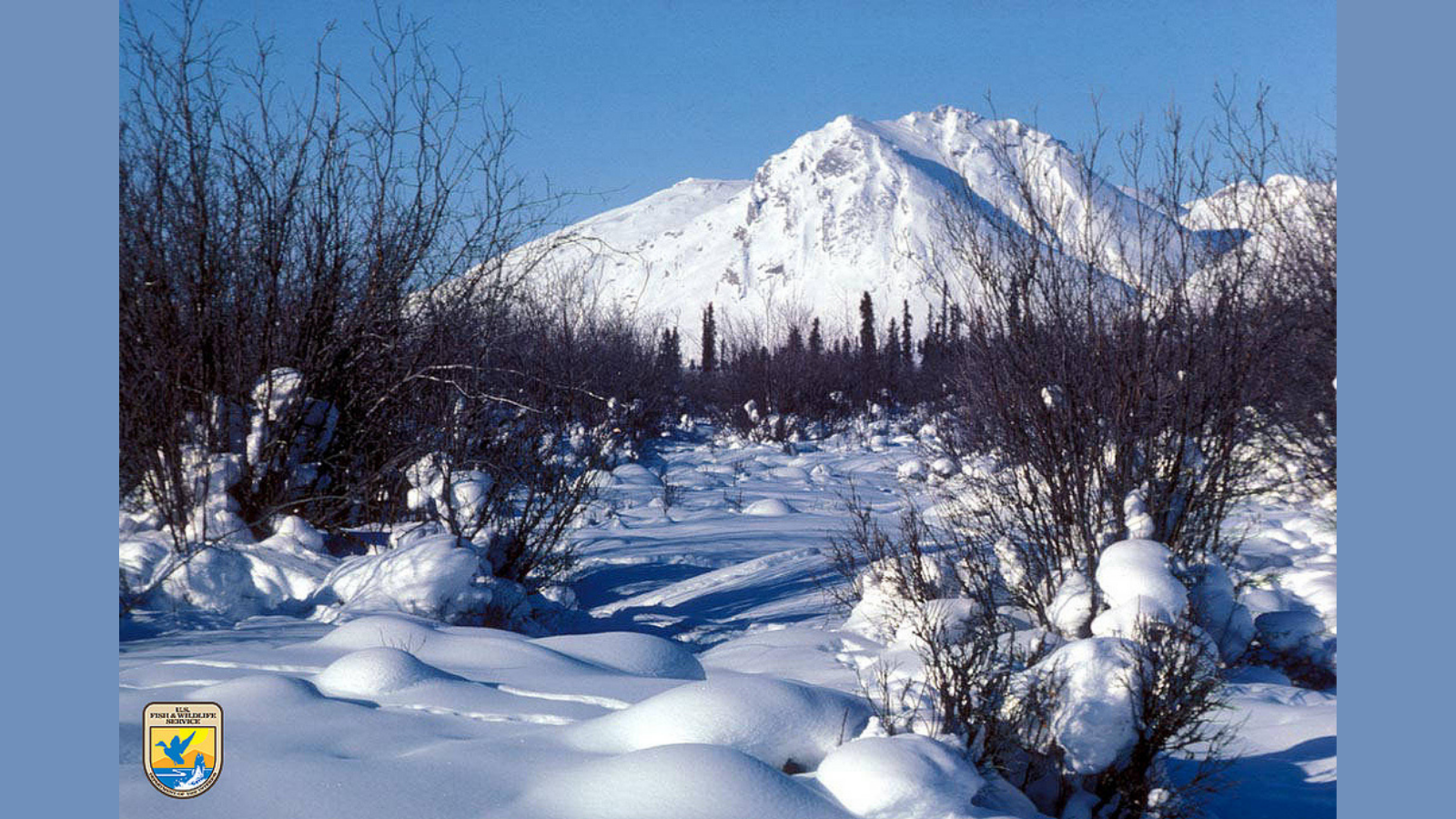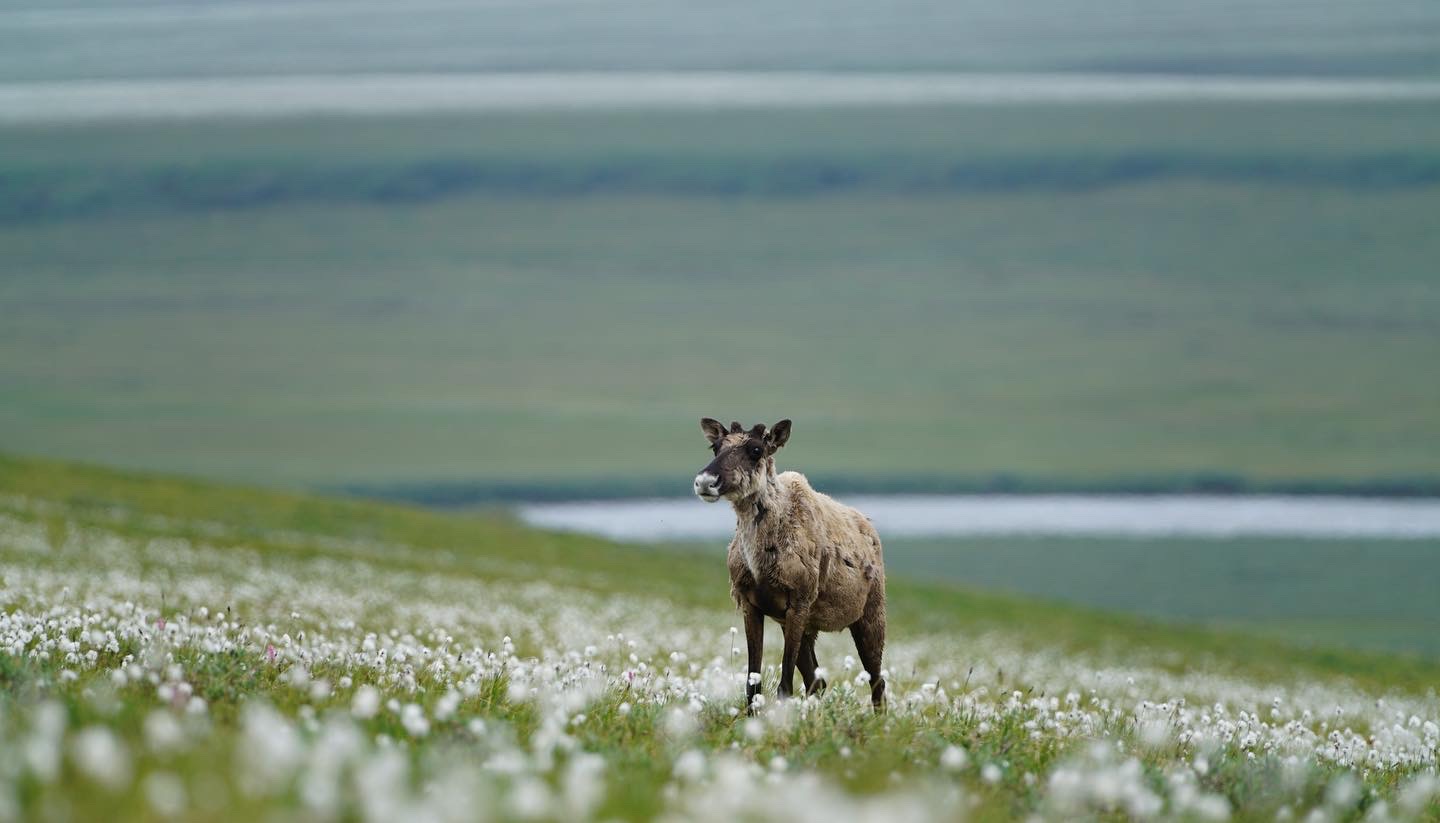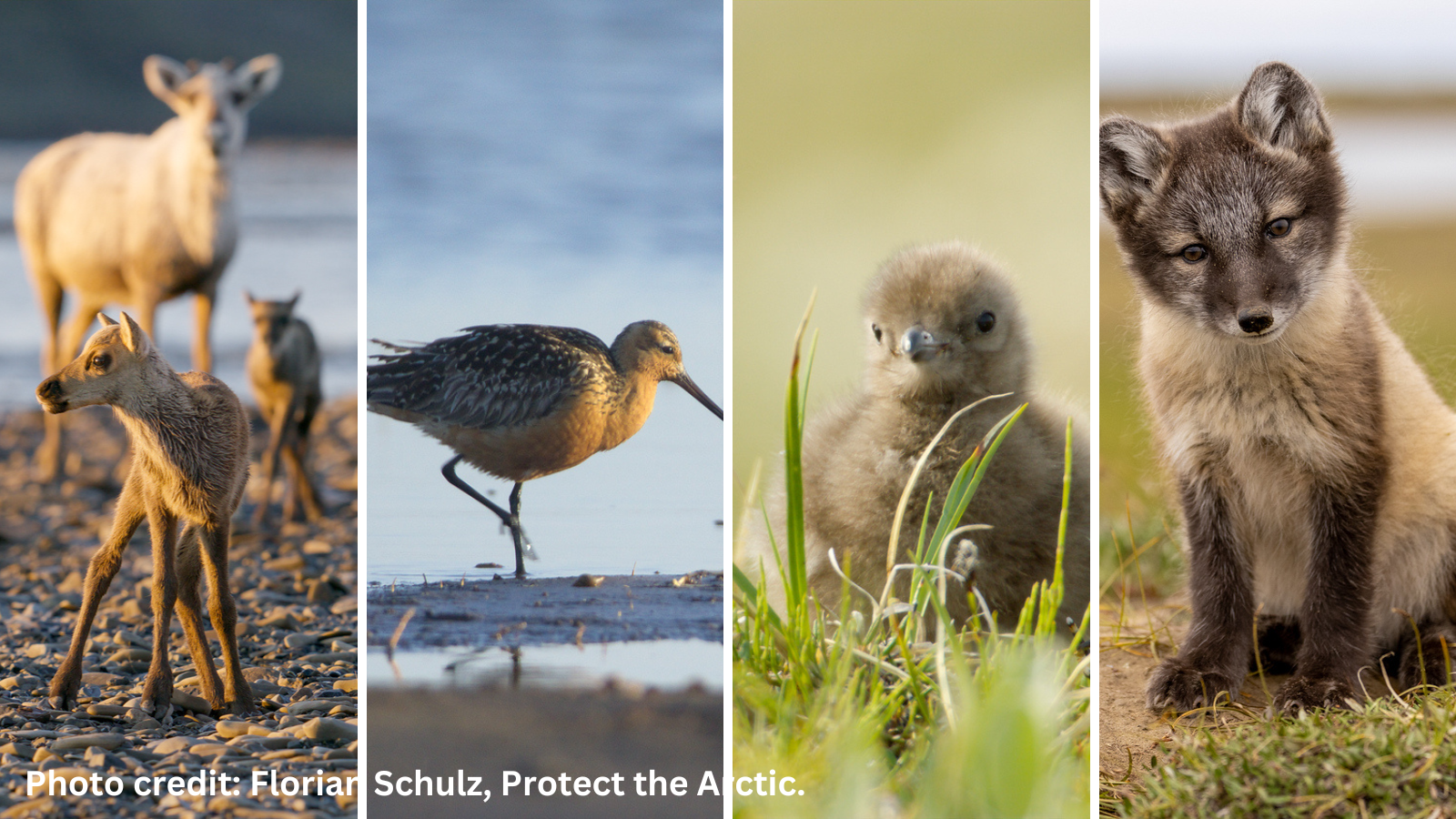
The dollars and cents of Arctic drilling make no sense
The fiscal argument against drilling is just one of many reasons why we should leave the Arctic alone

This blog was written by Kevin Pollack, Environment America Campaign Associate
For decades, Alaska’s Arctic National Wildlife Refuge has been the center of a bitter fight over how it should be used. This is especially true since Congress opened it to oil and gas drilling in 2017. The environmental arguments in favor of protecting the refuge are compelling: Extracting fossil fuels only accelerates the horrible effects of climate change, and many species depend on the refuge for their survival. But this isn’t a story of “nature vs. economics.” The reason: for the American taxpayer, the dollars and cents of drilling in the Arctic Refuge don’t add up either.
When Congress approved the Arctic’s leasing program in 2017, it was projected to yield $1.8 billion for the federal government’s coffers. And yet, the first lease sale in January 2021 generated only $14.4 million, which represents just 1% of the original estimate.
In the words of longtime Alaska journalist Larry Persily: “They held the lease in ANWR [the Arctic National Wildlife Refuge] — that is history-making. That will be recorded in the history books and people will talk about it. But no one showed up.”
Financial institutions across the world have said no to drilling. Eleven large banks — six American and five Canadian — have committed not to fund any oil and gas development in the Refuge. At least six insurers have also issued clear statements announcing that they won’t take on projects in the Refuge, with other insurers instituting policies intended to protect local communities and preserve protected areas. That major oil companies avoided the first lease sale entirely is an indication that companies may be starting to understand the downsides of drilling in the Arctic. Or perhaps they see how unpopular it is with the American public.
In addition to these financial costs, there are of course more tangible risks to drilling, many of which cannot be reflected in the federal budget. Before drilling can even take place, oil companies would have to conduct seismic tests to locate oil, using heavy machinery that would crush defenseless animals in the process. Drilling would also emit enormous amounts of carbon into the atmosphere, leading to more pollution and smaller habitats for critical species, like less sea ice for polar bears.
Also, for hundreds of years, the Gwich’in, an indigenous group native to both Canada and Alaska, has depended on the Porcupine caribou herds that calve in the refuge, so drilling would drastically alter (if not destroy) their way of life.

The Arctic should never be disrupted to develop oil and gas, and since 2017, momentum against drilling has only grown. After the House Natural Resources Committee moved its budget reconciliation plan forward last week, including an end to the oil and gas leasing program in the Arctic Refuge, we have moved one step closer to protecting the Arctic, its animals and communities, and the world. That’s good news for wildlife, people and the budget.
Topics
Authors
Ellen Montgomery
Director, Public Lands Campaign, Environment America Research & Policy Center
Ellen runs campaigns to protect America's beautiful places, from local beachfronts to remote mountain peaks. Prior to her current role, Ellen worked as the organizing director for Environment America’s Climate Defenders campaign. Ellen lives in Denver, where she likes to hike in Colorado's mountains.
Find Out More

Why we should save the bees, especially the wild bees who need our help most

Why Alaska’s NPR-A, site of the Willow Project, deserves protection

Why environmentalism is conservative



